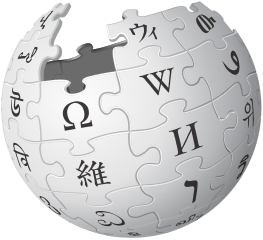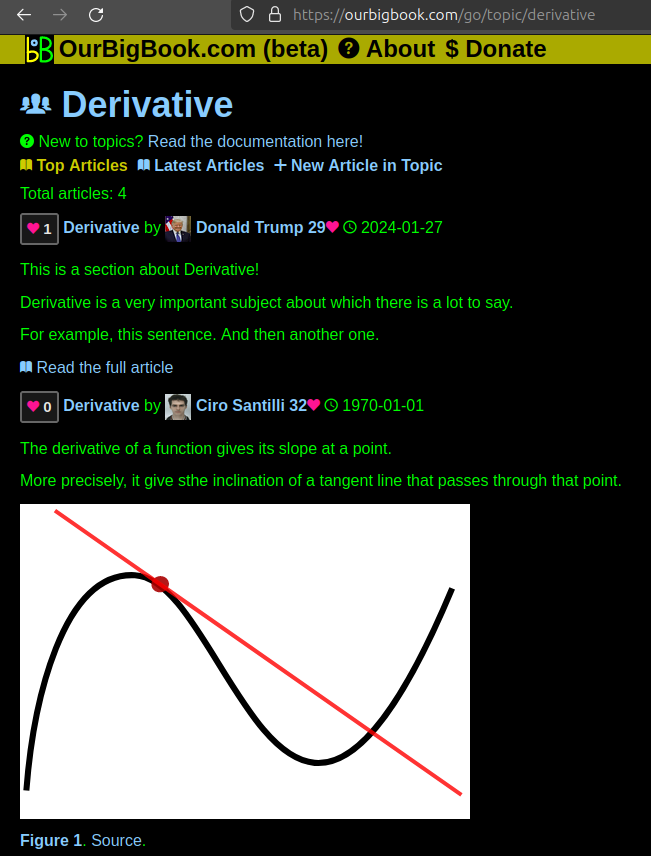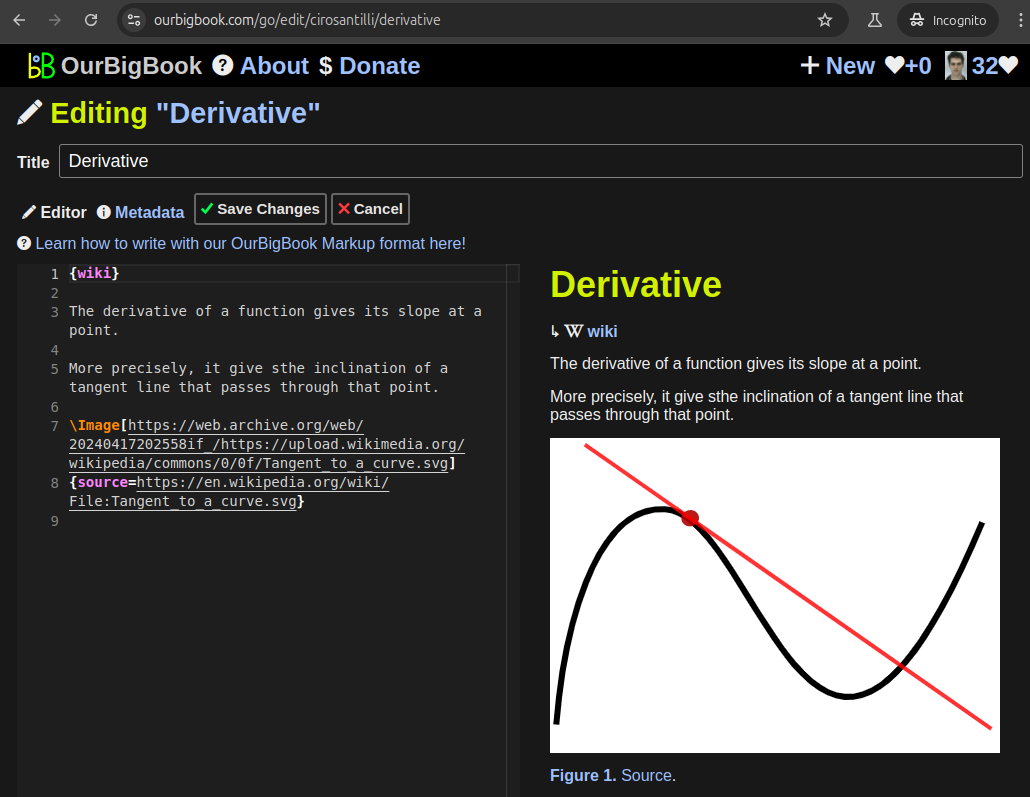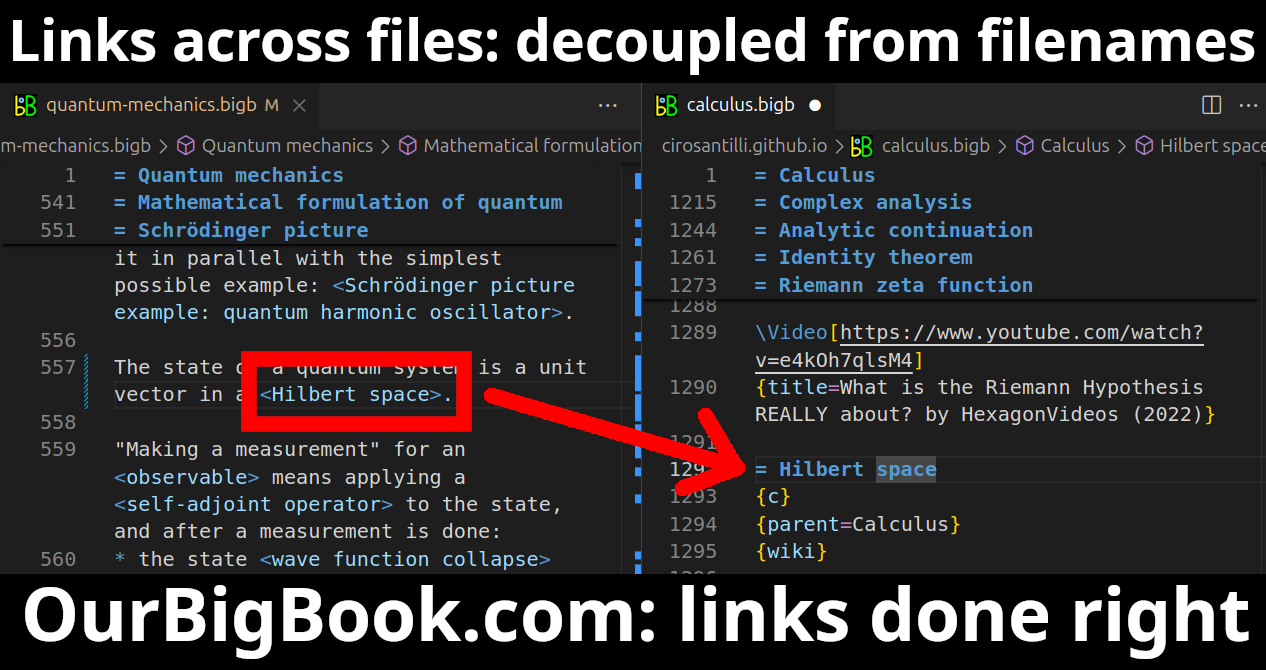Chemistry software refers to computer programs and applications designed to assist in the study, modeling, and analysis of chemical systems and processes. These software tools are used by scientists, researchers, and students in various aspects of chemistry, including computational chemistry, molecular modeling, chemical informatics, and experimental data analysis.
A chemical graph generator is a computational tool or algorithm designed to create or generate molecular structures in the form of graphs. In the context of chemistry, molecules can be represented as graphs where atoms are nodes and chemical bonds are edges. This representation allows for the analysis and manipulation of molecular structures using graph theory methods. ### Key Features and Applications: 1. **Molecular Representation**: Atoms in a molecule are represented as vertices (nodes), and bonds between them are represented as edges.
A chemical library is a collection of chemical compounds that researchers use for various purposes, including drug discovery, chemical biology, material science, and more. These libraries typically consist of diverse sets of small molecules, natural products, or other chemical entities that are stored in a systematic manner, often in the form of plates or digital databases.
Combinatorial chemistry is a branch of chemistry focused on the efficient generation and testing of a large number of chemical compounds simultaneously. This approach allows researchers to rapidly explore a vast structural space of potential molecules, particularly in the context of drug discovery, materials science, and other fields where the development of new compounds is essential.
The Journal of Cheminformatics is a peer-reviewed scientific journal that focuses on the field of cheminformatics, which is the application of computer and informational techniques to solve chemical problems. This field bridges chemistry and computer science, leveraging data analysis, computational modeling, and algorithms to enhance chemical research and discovery.
A pharmacophore is a conceptual model that represents the essential features of a molecule required for its biological activity, particularly in the context of drug design and discovery. It highlights the spatial arrangement of atoms or groups responsible for the interaction with a biological target, such as a receptor or enzyme. Pharmacophores typically include: 1. **Functional Groups**: Specific atoms or groups within a molecule that contribute to its activity (e.g., hydroxyl, amino, carboxyl groups).
Randić's molecular connectivity index, often referred to simply as the connectivity index, is a topological descriptor used in cheminformatics and computational chemistry to quantify the connectivity of a molecular structure. Introduced by the chemist Ljupko Randić in the 1970s, this index provides insights into the properties of chemical compounds based on their molecular graphs. The connectivity index is defined for a molecular graph, where vertices represent atoms and edges represent bonds between them.
Real-time technology refers to systems and software that process data and deliver responses or outputs almost instantaneously, allowing for immediate interaction and feedback. This technology is used in various applications and industries where time is critical, such as telecommunications, finance, gaming, healthcare, and online services. Key characteristics of real-time technology include: 1. **Speed**: The ability to process and respond to data with minimal latency. This involves quick data acquisition, processing, and output generation.
A double integrator is a mathematical model that describes a system where the output is the second integral of the input. In foundational terms, it is often used in control theory and dynamics to represent the motion of an object under constant acceleration. Mathematically, the double integrator can be expressed with the following set of equations: 1. \( \dot{x}(t) = v(t) \) (the first integrator: velocity is the first integral of position) 2.
Fault detection and isolation (FDI) are critical components of system reliability and maintenance, particularly in engineering, control systems, and asset management. Here's a breakdown of each component: ### Fault Detection Fault detection refers to the process of identifying and recognizing the occurrence of a fault or anomaly in a system, device, or process. This step is essential in ensuring operational integrity and involves monitoring various parameters or indicators to determine if they deviate from expected norms or thresholds.
A hierarchical control system is an organizational structure commonly used in systems engineering, automation, and control systems that organizes components into levels or layers based on their function and responsibility. In such a system, higher-level components provide overall strategic direction, while lower-level components handle the implementation and execution of specific tasks. This structure allows for a clear division of responsibilities, efficient management, and improved communication within the system.
Machine Learning Control (MLC) is an area at the intersection of machine learning and control theory, focusing on the design and implementation of control systems that leverage machine learning techniques to improve performance, adapt to changing environments, and handle uncertainties in complex systems. ### Key Concepts in Machine Learning Control: 1. **Control Theory**: This is a field of engineering and mathematics that deals with the behavior of dynamical systems.
The term "meta-system" can refer to different concepts depending on the context in which it is used. Here are a few interpretations: 1. **Systems Theory**: In systems theory, a meta-system refers to a system that encompasses or organizes multiple systems. It's an overarching framework that can include various subsystems, each with its own functions and interactions. Meta-systems analyze the relationships and dynamics between these subsystems to understand the overall behavior of the larger system.
A **Noncommutative Signal-Flow Graph** (NSFG) is a mathematical representation used in control theory and systems engineering to describe complex systems where the variables may not commute. In conventional systems, the variables involved in signal-flow graphs typically commute, meaning that the order of multiplication does not affect the result (i.e., \(AB = BA\)).
Optogenetics is a neuroscientific technique that involves the use of light to control the activity of genetically modified neurons. This method combines genetics and optics to manipulate specific neurons in living tissue, usually in animal models, allowing researchers to activate or inhibit neuronal activity with high precision and temporal resolution. In optogenetics, genes that code for light-sensitive proteins (often derived from certain types of algae and bacteria) are introduced into specific neurons.
A servomechanism, often referred to simply as a "servo," is an automatic device that uses feedback to control a mechanism's position, velocity, or acceleration. It consists of a motor (typically a DC motor, AC motor, or stepper motor) along with a feedback sensor (such as a potentiometer, encoder, or tachometer) and a controller.
A Pfaffian constraint refers to a specific type of condition in the field of differential geometry and control theory, often related to the study of differential forms, mechanical systems, and constraints in dynamical systems.
In control theory and signal processing, a **proper transfer function** is a type of transfer function that has certain mathematical properties. A transfer function \( H(s) \) is expressed as the ratio of two polynomials in the Laplace variable \( s \): \[ H(s) = \frac{N(s)}{D(s)} \] where: - \( N(s) \) is the numerator polynomial, - \( D(s) \) is the denominator polynomial.
A collimator is an optical device used to narrow a beam of particles or waves. It ensures that the rays emitted from a source are parallel or nearly parallel, which helps improve the precision and focus of the beam in various applications.
In mathematical analysis and other fields of mathematics, a "lemma" is a preliminary proposition or statement that is proven to aid in the proof of a larger theorem. The term "lemma" comes from the Greek word "lemma," which means "that which is received" or "that which is taken." In effect, results that are designated as lemmas are often foundational results that help establish more complex results.
Pinned article: Introduction to the OurBigBook Project
Welcome to the OurBigBook Project! Our goal is to create the perfect publishing platform for STEM subjects, and get university-level students to write the best free STEM tutorials ever.
Everyone is welcome to create an account and play with the site: ourbigbook.com/go/register. We belive that students themselves can write amazing tutorials, but teachers are welcome too. You can write about anything you want, it doesn't have to be STEM or even educational. Silly test content is very welcome and you won't be penalized in any way. Just keep it legal!
Intro to OurBigBook
. Source. We have two killer features:
- topics: topics group articles by different users with the same title, e.g. here is the topic for the "Fundamental Theorem of Calculus" ourbigbook.com/go/topic/fundamental-theorem-of-calculusArticles of different users are sorted by upvote within each article page. This feature is a bit like:
- a Wikipedia where each user can have their own version of each article
- a Q&A website like Stack Overflow, where multiple people can give their views on a given topic, and the best ones are sorted by upvote. Except you don't need to wait for someone to ask first, and any topic goes, no matter how narrow or broad
This feature makes it possible for readers to find better explanations of any topic created by other writers. And it allows writers to create an explanation in a place that readers might actually find it.Figure 1. Screenshot of the "Derivative" topic page. View it live at: ourbigbook.com/go/topic/derivativeVideo 2. OurBigBook Web topics demo. Source. - local editing: you can store all your personal knowledge base content locally in a plaintext markup format that can be edited locally and published either:This way you can be sure that even if OurBigBook.com were to go down one day (which we have no plans to do as it is quite cheap to host!), your content will still be perfectly readable as a static site.
- to OurBigBook.com to get awesome multi-user features like topics and likes
- as HTML files to a static website, which you can host yourself for free on many external providers like GitHub Pages, and remain in full control
Figure 3. Visual Studio Code extension installation.Figure 4. Visual Studio Code extension tree navigation.Figure 5. Web editor. You can also edit articles on the Web editor without installing anything locally.Video 3. Edit locally and publish demo. Source. This shows editing OurBigBook Markup and publishing it using the Visual Studio Code extension.Video 4. OurBigBook Visual Studio Code extension editing and navigation demo. Source. - Infinitely deep tables of contents:
All our software is open source and hosted at: github.com/ourbigbook/ourbigbook
Further documentation can be found at: docs.ourbigbook.com
Feel free to reach our to us for any help or suggestions: docs.ourbigbook.com/#contact






